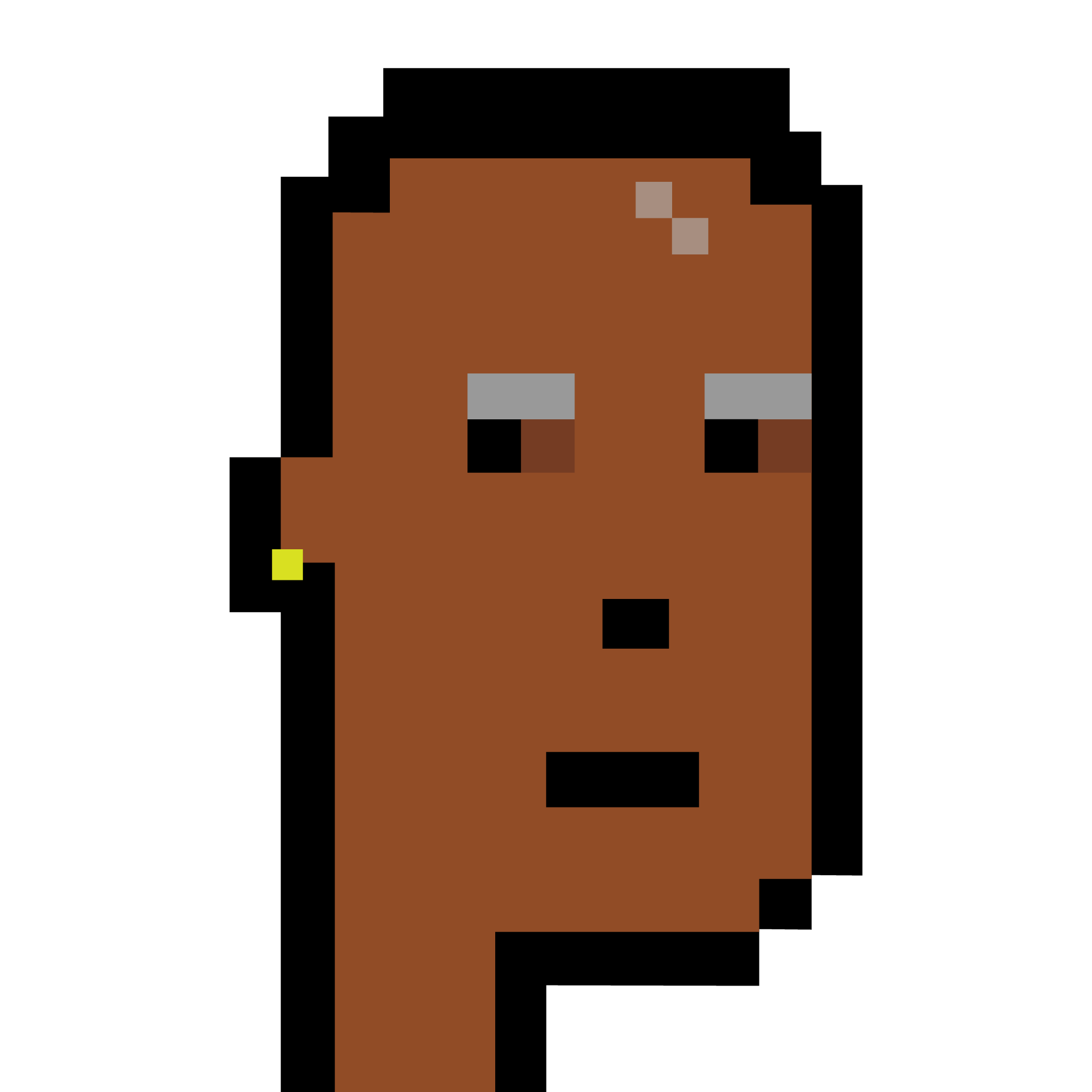NFT 101 – An Introduction to NFTs

Getting started is the hardest part. Like moving a large boulder, getting the ball rolling is difficult until the momentum takes over and it rolls itself. I know that this is where many people are at with NFTs – unsure where to start and how to get the ball rolling.
If you’re at square one, let’s start with the basics. NFT stands for Non-fungible token. Non-fungible means unique, in that no two digital assets are the same. Token refers to the smart contract written to a blockchain (most likely the Ethereum blockchain), which keeps track of the transactions and ownership of that digital asset.
As Linda Xi describes it, “Non-fungible token (NFT) is a term used to describe a unique digital asset whose ownership is tracked on a blockchain, such as Ethereum. Assets that can be represented as NFTs range from digital goods, such as items that exist within virtual worlds, to claims on physical assets such as clothing items or real estate. In the coming years, we will see NFTs used to unlock entirely new use cases that are only made possible by crypto.”
NFTs can be nearly anything. And that’s what is so beautiful about them. Through NFTs, any digital file can become a 1/1 creation with an appreciating value. Anything from a Word document to an artwork made on your iPad to photos in your camera roll.
Granted, not all digital files deserve a monetary value placed on them, simply because they may not have any value to other people. However, the fact that the technology enables any digital file to become a unique digital asset that can be bought and sold is life-changing.
NFTs have been around for over half a decade, however, they’ve only recently taken the spotlight in the mass attention. This is partly because NFT marketplaces have made it easier than ever for anyone to mint, list, and sell an NFT.
I’m partial to OpenSea because I think it’s the most user-friendly NFT marketplace out there. Their homepage has many tutorials to bring beginners up to speed on how to create, buy, and sell NFTs. It’s easy to browse their listings. And it integrates the NFT listings from other marketplaces on their site.
Back in April of 2021, I listed and sold the WorldStarHipHop Chain on OpenSea for around 121 ETH. I think OpenSea is the best place for introducing newbies to NFTs while also satisfying the needs of serious NFT collectors.
Although it may seem like you missed the train, that couldn’t be further from the truth.
NFTs haven’t even had their morning coffee yet. We’re still in the very early stages. There are currently only 23,000 active digital wallets registered with OpenSea. Imagine not getting on Instagram when there were only 23,000 users because you thought you already missed the train.
Personally, I’m bought in on NFTs and am working diligently on creating an NFT series called NFTQT.
NFTQT will be designed as a collectible series with hundreds of unique NFTs. As a collector’s item, I want them to satisfy current collectors as a cool piece of art, but also have a future utility in virtual reality metaverses and be able to be used in games like Decentraland in the future. Here is an NFTQT concept I’m starting with (and many more to be rolled out throughout the year):
One of the first Crypto Cool-Aid NFT concepts?
— QuHarrison Terry (@quharrison) July 9, 2021
Major props to @CalvynJustus for cooking on this idea with me. pic.twitter.com/kOlmcq0lVE
The main point here is that NFTs are just getting started and it behooves you to learn about them today, while also applying your learnings to creating your own NFTs.
There are more than enough YouTube videos, articles, and online discussion forums out there to help beginners start their NFT journey. So get out your thinking cap and dive into the wonderful world of NFTs!
Ready to Learn About NFTs?
Join 11,000+ readers of NFT QT, a weekly newsletter packed with tips and actionable insights for people fascinated with NFTs just like you.
